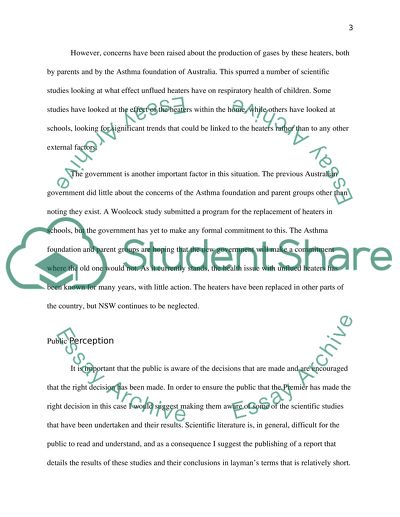Cite this document
(“Unflued Gas Heaters In Schools Assignment Example | Topics and Well Written Essays - 2500 words”, n.d.)
Retrieved de https://studentshare.org/health-sciences-medicine/1391227-health-policy-for-unflued-gas-heaters
Retrieved de https://studentshare.org/health-sciences-medicine/1391227-health-policy-for-unflued-gas-heaters
(Unflued Gas Heaters In Schools Assignment Example | Topics and Well Written Essays - 2500 Words)
https://studentshare.org/health-sciences-medicine/1391227-health-policy-for-unflued-gas-heaters.
https://studentshare.org/health-sciences-medicine/1391227-health-policy-for-unflued-gas-heaters.
“Unflued Gas Heaters In Schools Assignment Example | Topics and Well Written Essays - 2500 Words”, n.d. https://studentshare.org/health-sciences-medicine/1391227-health-policy-for-unflued-gas-heaters.


